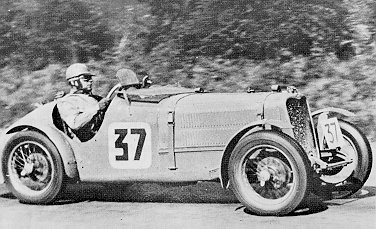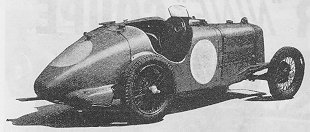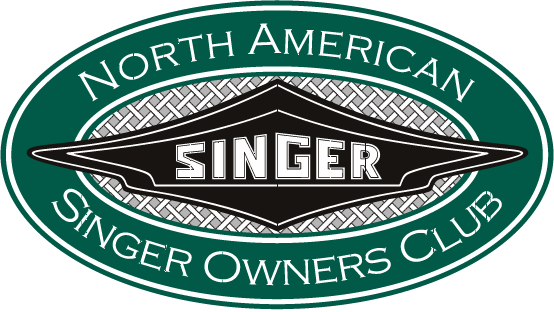
The Replica 9 was very much modified from the standard Singer 9. These machines although based on production models were modified in many ways to be successful in racing, this included reduced weight with the use of light alloy. Only four such cars were ever manufactured in full form. They appeared in many of the large races of the day including Brooklands, the Ulster and Donington T.T’s and at Le Mans. The cars later passed into private hands unconnected with either Singer or the Barnes brothers Autosports team which had taken them over when the works ceased racing support.
The Replica was aimed at beating the stiff competition from the Austin and M.G works teams. These Singers with a 972c.c capacity and unsupercharged could pull to a top speed of nearly 100 m.p.h when geared for Brooklands.
A Singer 9 first appeared at Le Mans in 1933 when F.S.Barnes and A.H.Langley entered a car and achieved the triumph of being the drivers of the first British unsupercharged car (under 1000c.c) to qualify for the Rudge Whitworth Cup. In 1934 these Singers were second and third in the Rudge Whitworth Cup and seventh and eighth in the Grand Prix.
The Le Mans Replicas were evolved at the Coventry works by L. Shorter the designer and F.S. Barnes, competition manager. The Replica weighed in at just over 11.5 cwt in T.T trim as opposed to 15.75 cwt for the standard two seater. Lightweight alloys used throughout the car including gearbox, sump, rear axle, body panels, and wings. The body frame was stiffened with nikel steel. The engine was basically the normall 972c.c four cylinder engine with chain driven o.h.c, and two bearing crankshaft. Fuel was supplied by two S.U carbs and all ignited into action by a vertical magneto. For certain races lightweight alloy wheels were also used to provide that extra bit of performance.
The Replica 9

The first appearance to the public for the Replicas was at the L.C.C Relay Race at Brooklands, averaging 85.13 m.p.h and winning. The most well documented part of Singer history it would seem at times is the series of crashes at the 1935 Ards T.T. A.H.Langley, Norman Black, and Sammy Davis were all involved at exactly the same point on the circuit “Bradshaws Brae”. The other car driven by J.D Barnes was then called in and withdrawn. Many people have speculatised on the cause of the crashes and files reporting the incident have been destroyed and the crashes true story never realeased to the general public.
Davis’s Car on its side

One of the cars was rebuilt within two weeks and its first outing was for Sammy Davis at the M.A.C Shelsley Walsh Hillclimb. The car had been prepared under the guidance of F.S.Barnes who had prepared Singers for hill climbing before and this included two previous cars based on a lightweight chassis and 1.5 litre engine. This was the first step in getting the Singer Marque a good name again after the crash. Unfortunately because the car was not really a car suited to sprints its time was quite poor.
In 1936 the Singer competition department was disbanded and the Replicas along with a selection of 4 and 6 cylinder trials and rally cars were taken over by the Barnes brothers operating as Autosports Ltd from Birmingham. Donald Barnes and Roy Eccles were second and third in the 1100c.c class at the Montlhery G.P and Barnes was second in class in the 1936 T.T back at the Ards circuit. In 1937 T.T at Donington Donald Barnes was fourth in the race and first British car to finish. A.W.Jones and G.Wilkins ran at Le Mans in 1939 and managed to qualify. Jones got 3rd place in the Imperial Trophy race at Crystal Palace.
The Replica 9’s were reported to be real pigs to drive on normal open roads due to high gear ratios. The cars were always driven to and from the races which must have been some site. I can’t imagine Damon Hill taking the Jordan F1 car down through the busy Birmingham streets. It was approximately a year ago whilst refilling ADU 263’s fuel tank at a local garage back home that an elderley lady walked upto the car and said “These are the Autosports cars arent they, I can remember these leaving the Oldswinford Garage in the 30’s and rouring up the road in a procession.”
(Time to build that time machine 🙂 )
